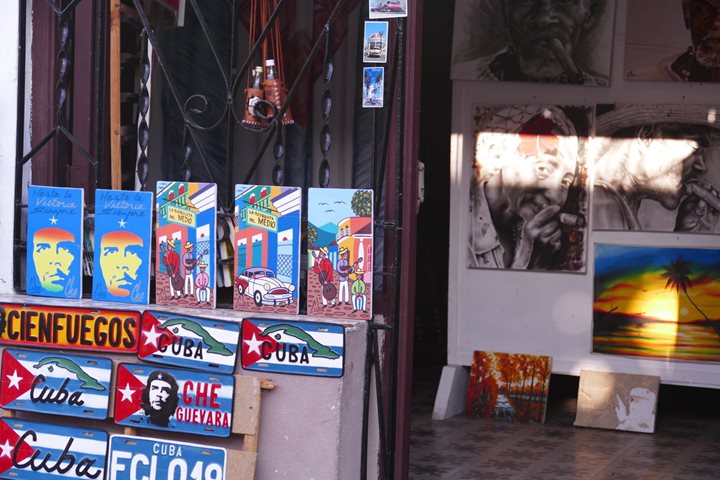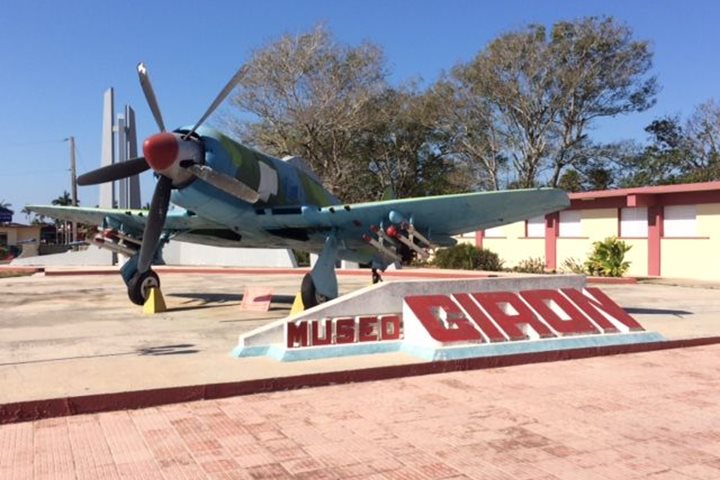The DER below is from the expedition to Cuba that began on December 14, 2016.
Slung beneath the underbelly of western Cuba, Isla de la Juventud is far-from-the-beaten-track and receives relatively few visitors. We were privileged today to visit some immensely intriguing sites, learn about the islands’ equally fascinating history, and be welcomed in unique fashion by the proud and gracious pineros (as inhabitants of the former Isle of Pines are known).
After a calm night at anchor aboard Panorama II at the entrance to Bahía de Siguanea (off the southwest coast of Isla de la Juventud), the local pilot arrived at 5:30 am to guide us to our anchorage about one kilometer offshore from Marina Colony. Following our breakfast alfresco, we shuttled ashore using the ship’s Zodiacs and were met by our local guides.
During our hour-long journey from the marina to the charming colonial-era port city of Nueva Gerona, our Cuban guide Juan José and I informed guests about how the isle was first famous as a pirate haven, then was a U.S. possession 1902-1928, and how after the Revolution Fidel Castro established citrus plantations and more than 60 schools for international students. More than 150,000 young scholars from throughout the third world were educated free in exchange for bringing in the citrus harvest before the program ended in the 1990s.
Our first visit was to the Presidio Modelo, a massive prison built in the 1930s with circular cell blocks, each pinned by a central watchtower, in the style of that at Joliet, Illinois. Specialist guide Elsa Silva Tamayo led a tour of the deteriorated cell blocks, and the hospital where Fidel Castro and the survivors of the failed 1953 attack on the Mondaca barracks were imprisoned. We then drove into town to visit the Hogar Materno 8 de Mayo—a maternity home that we toured, accompanied by director Maria del Carmen. We were able to witness first-hand the impressive state facility, exemplifying the government’s commitment to health care.
We relaxed with a delicious lunch beside Presa El Abra reservoir. Returning to town, we then visited the Escuela de Arte Leonardo Luberta—a music school for gifted children. Here we learned from sub-director Ibis Rodríguez about the state-run specialist education system, and were able to witness children being tutored and practicing piano and other instruments. Photo enthusiasts were able to take some sensational photography!
We ended our visit to Isla de la Juventud by walking El Búlevar, the city’s pedestrian-only main boulevard. Each block delivered an awesome surprise (prepared by the city’s cultural director) as we strolled accompanied by models dressed in minimalist pirate’s clothing made of newspapers! On the first block, a musical band awaited. Inevitably, guests were drawn disarmingly to dance the local folkloric dance, sucusucú, with young children. On the last block, another musical band performed typical santería music, while dancers representing the orishas Yemayá and Eleggua swirled and contorted, much to our guests’ delight.
We returned immensely satisfied to Siguanea for recap and dinner aboard our vessel.







